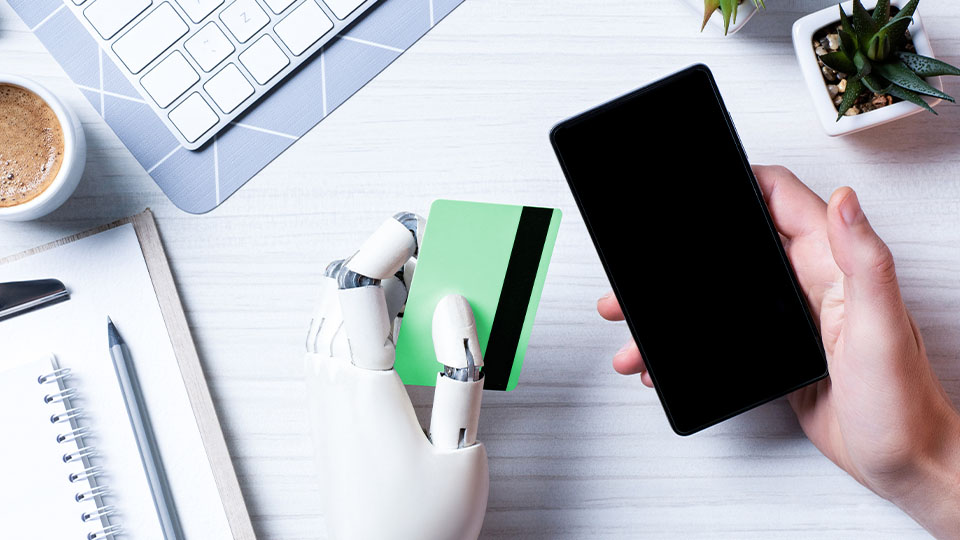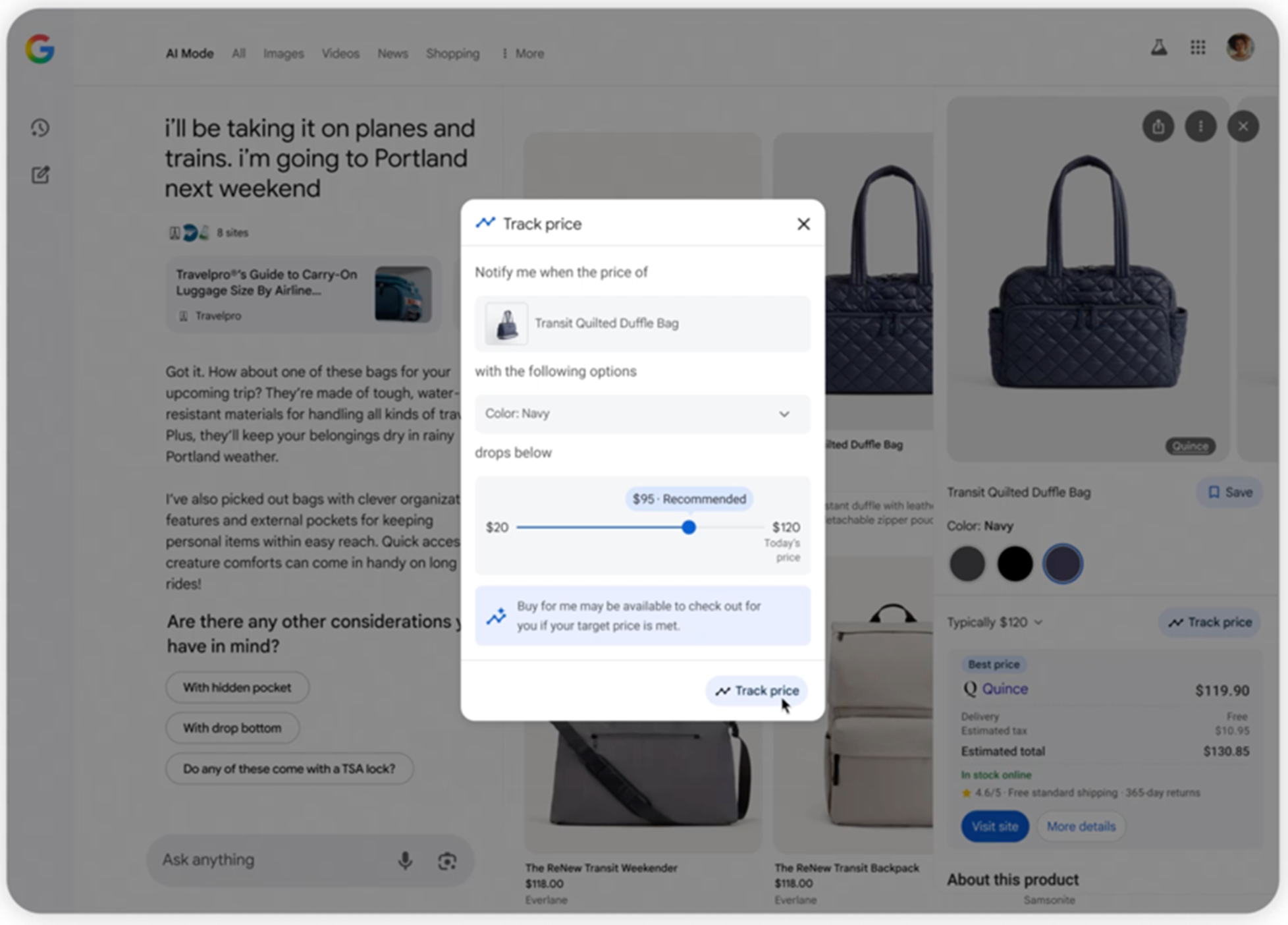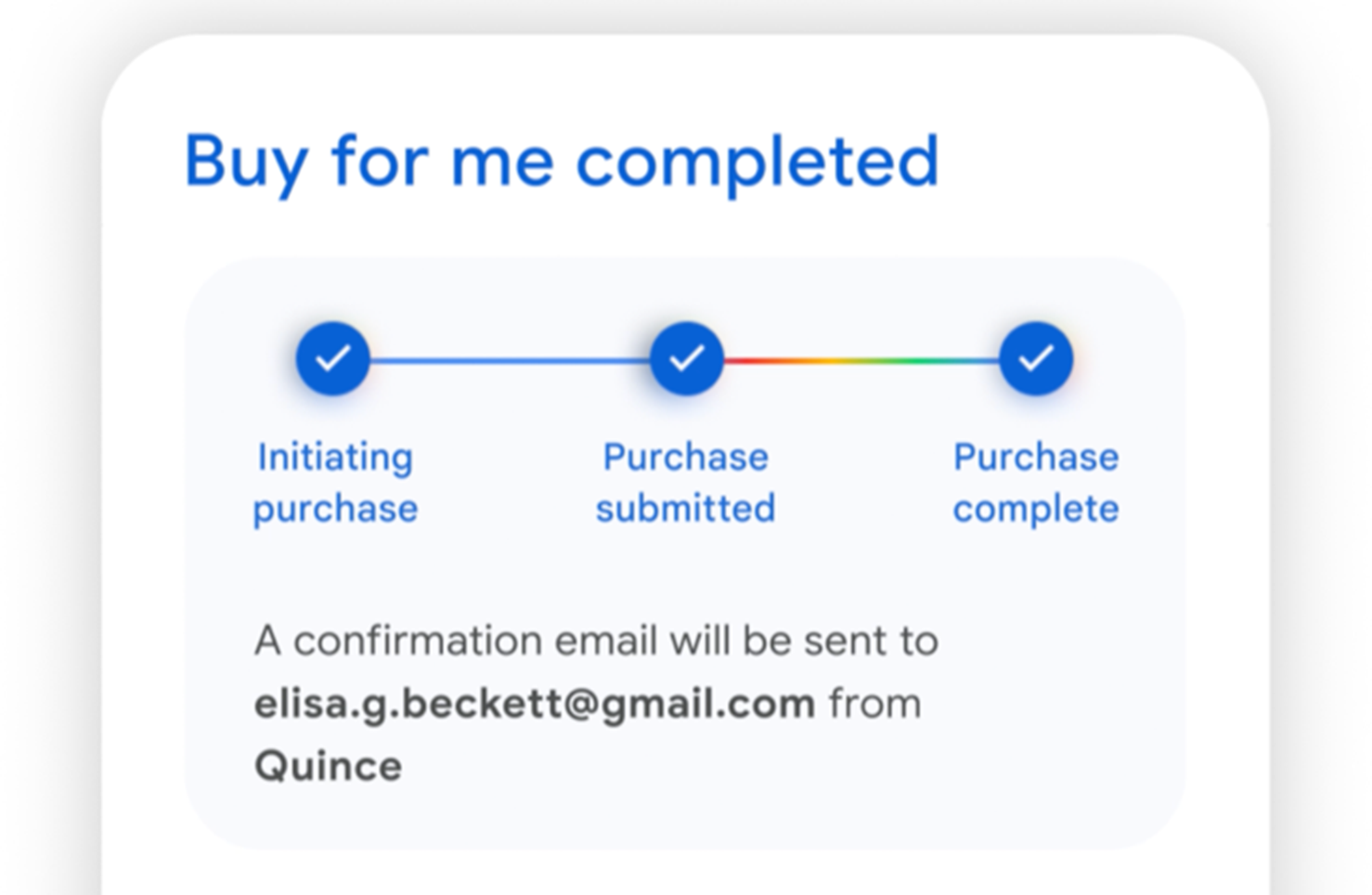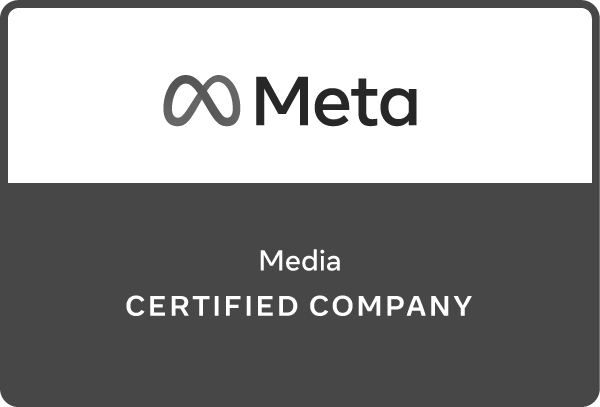
Fundamental disruptions in online shopper marketing are just ahead.
In May, Google announced an AI Mode Shopping agent, branded as “Buy for me” at the Google I/O conference. The agent will integrate most online shopper activity from try-on to AI-driven checkout directly into search results. As a result, full-funnel transactions can happen almost instantly and entirely within Google Search — and marketers had better strap in.
Powered by Gemini 2.5, the new shopping experience is intent-driven from start to finish. When a user initiates a query, the AI agent rapidly scans the retail ecosystem, selects a product based on price, availability, brand preference and customer data signals and then facilitates the purchase via Google Payments — all without the user ever landing on a retailer’s site.
Agentic AI now becomes the gatekeeper of the purchase journey, fundamentally changing digital shopper marketing and retail media. It could improve efficiency for consumers, but it also displaces brands as the primary influencers of purchasing decisions. And legacy retention strategies — built around owned media and direct brand-consumer interactions — may no longer apply.
Wall Street’s reaction was immediate. Shopify’s stock dropped 5% within hours of the announcement, signaling concerns that third-party e-commerce platforms may lose visibility in an accelerated direct-from-search model.
But this goes far beyond one company or platform. Google’s “Buy for me” function is poised to trigger a ripple effect across all sectors.

Branded as “Buy for me,” Google suggests this sped-up process will continue to give humans the ability to confirm intent and interest along the way, but the disruptive impact for retailers and shoppers alike is very real.
The ripple effect for marketers: Rise predictions
The broader retail, e-commerce and media sectors must now adapt to AI-driven purchasing.
The new storefront: From abandoned cart to no cart
Google’s AI-led shopping experience eliminates traditional friction points — no landing pages, no carts, no abandoned checkout flows. In this new environment, product data becomes the storefront. Well-organized and high-quality information is essential for brands to appear in AI-driven recommendations. This shift will likely drive up SEO costs, as competition intensifies for favorable placement within AI recommendations rather than traditional search rankings.

Customer loyalty: Meet your new agent
AI-led commerce is reshaping how brands surface in search and how consumers engage with them. Loyalty is no longer earned solely through brand affinity; it’s brokered by AI agents making choices on a shopper’s behalf.
As these AI agents present products based on past behavior, contextual cues or intent signals, businesses may cater to the algorithms acting on their customers’ behalf. In this environment, how do you build loyalty with an AI broker? Could affiliate channels play an even bigger role if an AI agent could be compensated for a specific product purchase (or retailer selection)?
As a side note: Even payment providers may find themselves edged out. With checkout becoming frictionless and often invisible, consumer interactions with branded payment experiences — including loyalty programs — may diminish.
In-store retail media takes center stage
The online retail media network model, pioneered by Amazon and rapidly adopted by Walmart and others, will be disintermediated because AI shopping agents will compress the digital path to purchase into a single, AI-driven step. Sponsored listings, paid search placements, display ads — even influencer content — risk being bypassed altogether.
As online shopping increasingly moves toward AI-driven transactions, in-store retail experiences including retail media will become even more critical as the last remaining channel where consumers actively engage with brands. Quad’s recent Return of Touch research with The Harris Poll backs this up: Physical retail delivers influence and emotional impact that AI-driven shopping can’t replicate.
What marketers need to do now
Businesses must act quickly to prepare for AI-led commerce. Recommended actions include:
- Invest in AI-readable product data: Structured metadata, detailed images and precise descriptions will be critical for visibility in AI-generated recommendations. Companies must shift their focus from website optimization to AI discovery optimization.
- Reevaluate direct-to-consumer strategies: AI-driven purchasing means fewer opportunities for brand engagement. Businesses need to explore new ways to build connections beyond transactional incentives. Think: experiential retail and loyalty programs.
- Expand in-store media efforts: Physical retail remains the most human-driven channel for product discovery and brand influence. Marketers should prioritize immersive, interactive in-store experiences to build stronger relationships with customers.
- Monitor AI-driven shopper trends: Traditional funnel analytics will become less useful as purchasing moves to intent-based decision-making. Companies must refine their attribution models and embrace new ways to measure AI-mediated commerce.
Final thoughts
Google’s plans for AI shopping are more than an AI user experience update and the rise of agentic AI — it is a structural rewrite. Marketers and retail leaders must adapt swiftly, embracing new models of engagement to stay relevant in a world increasingly shaped by AI-driven commerce, and improve their muscles in physical and tactile media experiences. The brands that move first in will define the future of retail, while others risk becoming invisible in an ecosystem controlled by AI selection algorithms.








